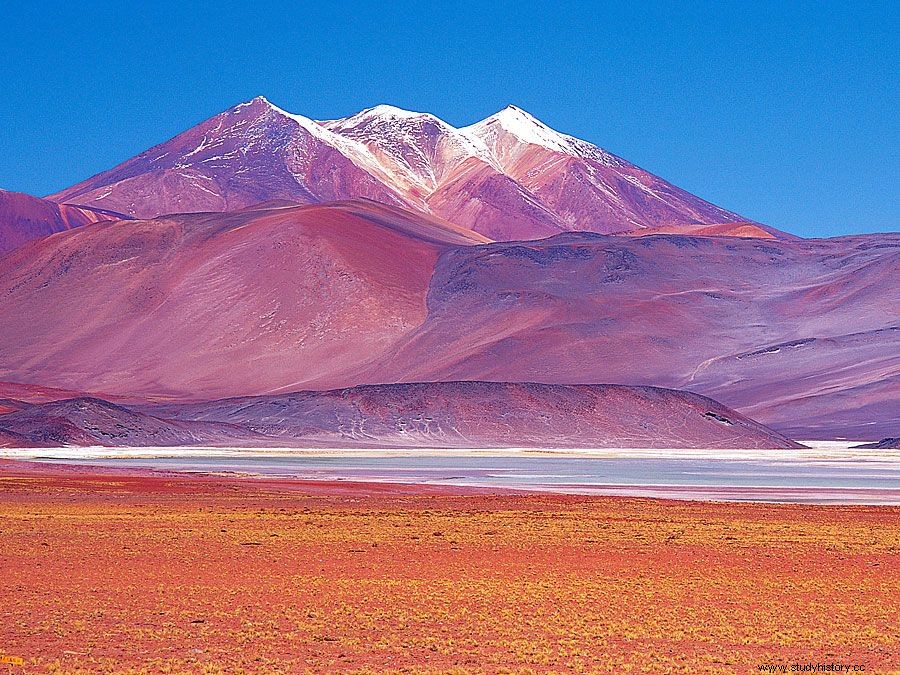Huari , also Wari written , archaeological site in the central highland region of present-day Peru , which gives its name to an Andean civilization in the central and northern Middle Horizon highlands (ca. 600-1000 n . Ch. ). Huari's artistic style is closely related to the monuments of the great site of Tiwanaku is at Titicacasee in northwestern Bolivia. Huari was probably the center of a militaristic empire that dominated much of the Peruvian highlands and coast in the earlier part of the Middle Horizon. His influences are mostly seen in the late Nazca (Ica) Culture on the south coast and at Pachacamac on the mid-coast. The most prominent decorative motif on Huari pottery is the Doorway God , a stylized, anthropomorphic Character often depicted in front view with a square face and radiant headdress. This motif can also be found at Tiwanaku. Huari architecture features large stone masonry enclosures. The monumental temple sculpture is naturalistic, showing both male and female figures with elaborate hairstyles. Turquoise miniatures ranging in size from 1 to 10 cm have also been found. Huari's metalworking skills are illustrated with gold masks and a copper statue of an anthropomorphic cat. The rich were buried in stone tombs.
 Britannica Quiz South America:Fact or Fiction? You may know that the Amazon rainforest is in this continent, but the driest place on earth is also in South America? See how rich - or dry - your knowledge of South America is with this quiz.
Britannica Quiz South America:Fact or Fiction? You may know that the Amazon rainforest is in this continent, but the driest place on earth is also in South America? See how rich - or dry - your knowledge of South America is with this quiz. The Huari site was first settled in the Huarpa phase, dating back to the Early Intermediate Period (c. 200 v . Ch. - 600 n . Chr .). The expansion of the site to its impressive urban dimensions, however, corresponds to the Tiwanaku-influenced Middle Horizon Huari phase, to which Huari leaders embarked a course of imperial expansion.
